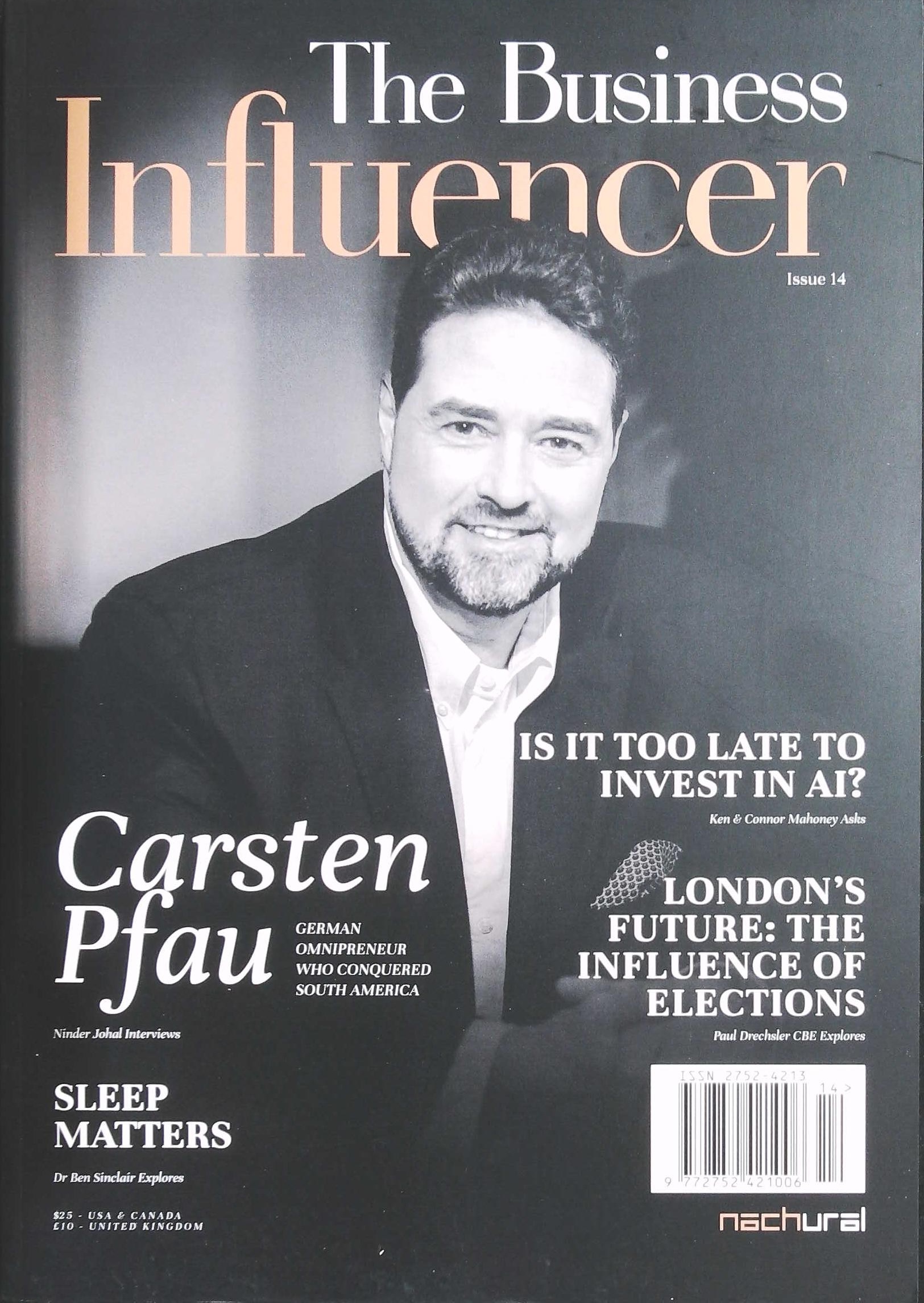Writing About What Almost Never Was
Long before the Masters golf tournament became what it is today, Augusta National overcame serious financial woes. Although co-founders Clifford Roberts and Bobby Jones had had extensive plans, many never panned out, David Owen explains in Golf Digest. In three years of trying to build membership, the pair had sent out thousands of postcards, had hired salesmen to travel the country, and had bought membership lists from country clubs. Despite all those efforts, when the first National Invitation Tournament was held in 1934, the club had enlisted only 76 members. Then, just as, in 1939, they were beginning to realize some modicum of success – the country was entering a war!
As a content marketer, I absolutely loved reading this “failure-turned-success” story. There’s an important lesson here for content creators for business or practice owners: Writing about past failures is important. In fact, true tales about past mistakes and struggles are very humanizing, adding to the trust readers place in the people behind the enterprise. What tends to happen is the stories of failure create feelings of empathy and admiration for those who overcame the effects of both outside forces and of their own errors.
Because the Masters Golf Tournament story relates to people no longer living, the story is told in third person by the club’s historian In posting marketing content today, I recommend using the personal pronouns “I” and “we”. As Brandon Royal explains in The Little Red Writing Book, first person is personal and specific. Readers appreciate knowing how a situation relates to the business owners or practitioners in terms of their personal experiences.
There’s another important aspect to recalling past failures, I explain — demonstrating that you understand the problems the online searcher is dealing with. To the extent you can truthfully say, “I know how frustrating the problem is, and that’s why I’m devoted to solving that problem through my business or profession,” you are infusing your content with more power.
While our Say It For You content writers are often the voice behind the “I” or “we”, we know that “writing about what almost never was” can help make things happen for our clients – and for their readers!






Follow us online!